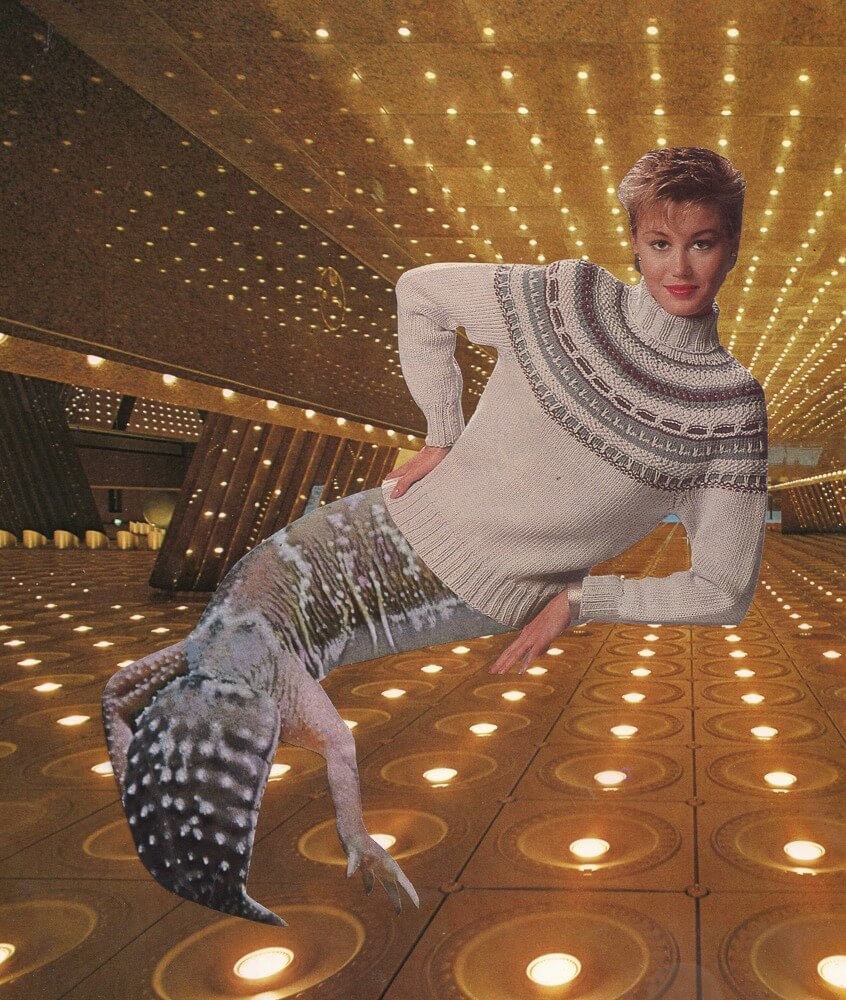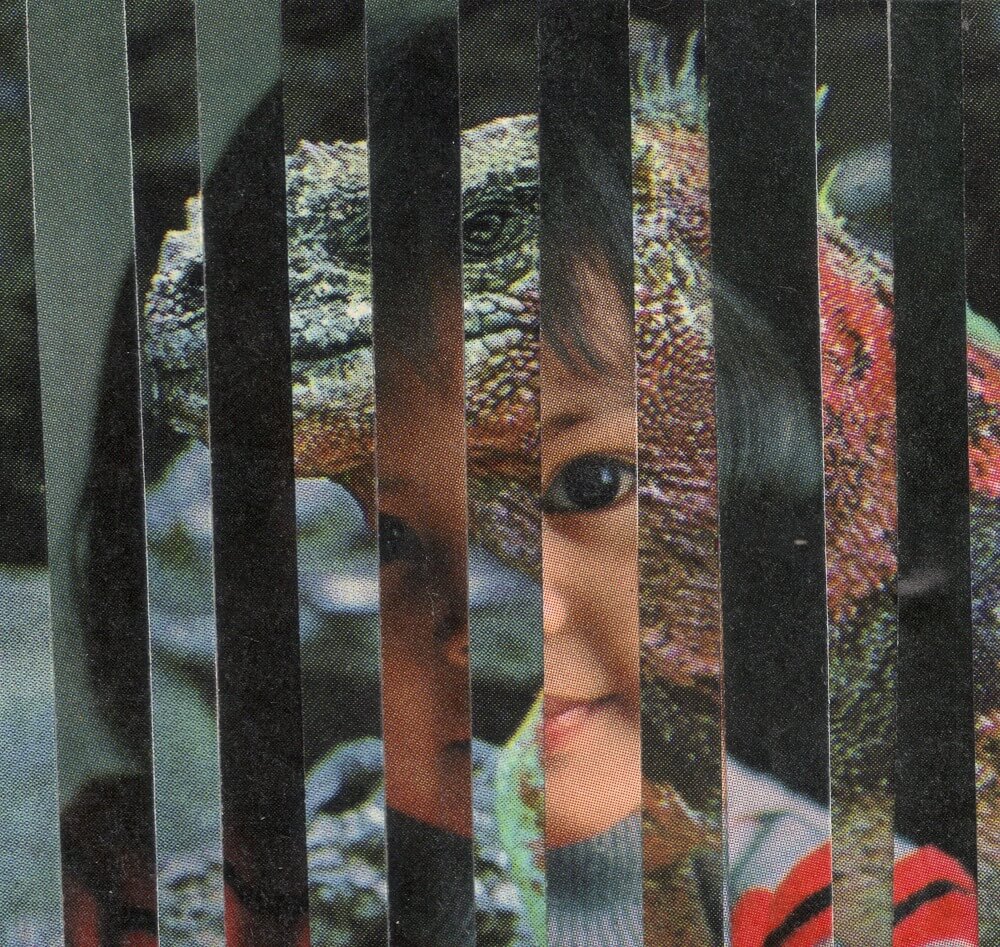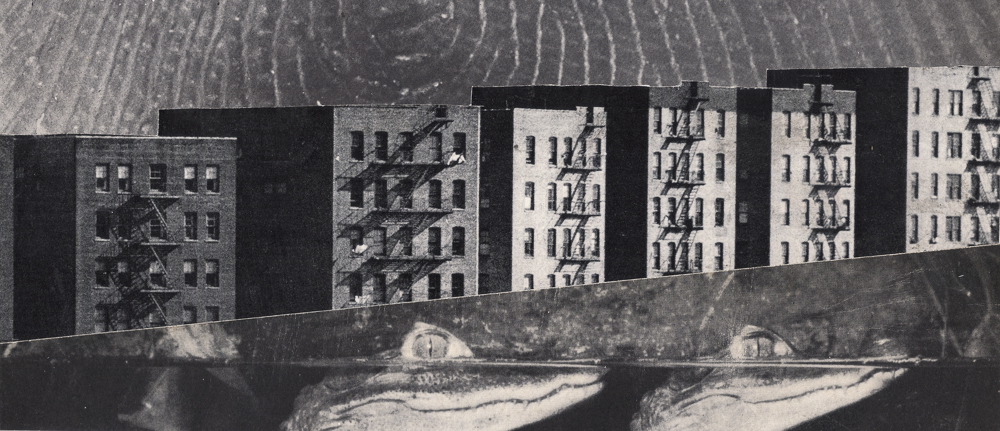The story behind L.A.’s fantastic underground reptilian race.
Los Angeles is a city of dreamers, storytellers
For almost a century, conspiratorial whispers in Los Angeles have spoken of a mysterious race of highly evolved “lizard people,” who once built an extensive underground city in downtown Los Angeles. The search for the lizard people was introduced to Angelenos in the early 1930s when a mining engineer named George Warren Shufelt claimed to have found an old map locating forgotten treasures buried beneath downtown.
Shufelt said his quest to understand his findings led him to Chief Green Leaf, aka L. Macklin, a Hopi Indian at a medicine lodge in Arizona. The Chief — who may, or may not have existed — told him of a lost civilization of advanced earthlings known as the “Lizard People,” whose nine-year-olds were as intellectually advanced as college graduates. According to a 1934 article in the Los Angeles Times:
The radio X-ray has revealed the location of one of three lost cities on the Pacific Coast, the local one having been dug by the Lizard People after the “great catastrophe” which occurred about 5,000 years ago. This legendary catastrophe was in the form of a huge tongue of fire which “came out of the Southwest, destroying all life in its path,” the path being “several hundred miles wide.” The city underground was dug as a means of escaping future fires … Large rooms in the domes of the hills above the city of labyrinths housed 1,000 families “in the manner of tall buildings” and imperishable food supplies of the herb variety were stored in the catacombs to provide sustenance for the lizard folk for great lengths of time …
Shufelt’s “lizard people” were not the humanoid reptilian aliens popularized by conspiracy theorists like David Icke. Rather, they were a race of exceptional human beings who worshiped the lizard as a symbol of long life and laid out their underground labyrinth in the shape of their favorite reptile. According to Shufelt, the lizard people kept their secrets in a Key Room, near the Second Street Tunnel. This underground room contained 37 four-foot-long golden tablets that recorded the history of the ancient Mayans and the “the origin of the human race.”
A Shred of Truth: Fort Moore Hill
Like most conspiracy theories, this story has a footing in a definable fact, or at least in other local legends based on reasonable shreds of truth. It also has a basis in the myth of Los Angeles itself — as the land of get-rich-quick schemes.

Fantasies of L.A.’s time as a remote Spanish and Mexican outpost flourished in the late 19th and early 20th centuries as “city boosters” played up a romanticized version of the city. These boosters took great liberties in describing the city and in telling its history in their attempts to sell Los Angeles to the rest of the country. In this heady atmosphere, it is not surprising that stories of hidden Spanish gold and lost riches buried in the hills grew popular
Fort Moore Hill, easily accessible and heavily populated, became ground zero for these legends. Persistent rumors of a treasure buried in the Protestant Cemetery beneath the headstone of “Old Man Wilson” and his wife led to their grave being desecrated repeatedly. In 1891, a man named J.S. Burner watched three Spanish men digging in the cemetery until midnight, looking for treasure supposedly hidden by American soldiers in 1847.
Shufelt’s “lizard people” were not the humanoid reptilian aliens popularized by conspiracy theorists like David Icke. Rather, they were a race of exceptional human beings who worshiped the lizard as a symbol of long life and laid out their underground labyrinth in the shape of their favorite reptile.
In 1902, an elderly woman allegedly drew a map leading to treasure she claimed had been buried on Fort Moore Hill decades earlier. After her death, a friend entrusted with the map hired a man with a “divining rod” to find the treasure. A group of volunteers dug all night by candlelight at a spot near the Protestant Cemetery fence, finally stopping when they hit an abandoned drain.
By the time Shufelt came along, Depression-era L.A. had been primed for half a century to believe there was more to be discovered under Fort Moore Hill. Originally from Ohio, Shufelt had managed mining sites for the Kingman Merger Mines Company in Arizona. He was also the inventor of a “
In 1933, Shufelt made Fort Moore Hill newsworthy once more. He claimed to posses an ancient sheepskin map which showed the way to treasure located under the old run-down hill, now slowly being dismantled in the name of progress. He convinced the county board of supervisors to let him dig for the treasure, and the two parties agreed they would split any uncovered riches 50-50.
By March 3, 1933, a 22-foot shaft had been sunk in the backyard of the once-grand Wills Mansion, which had recently been condemned by the city and stood almost directly over the Broadway Tunnel.
“With all the romantic markings of treasure maps, crosses, mysterious symbols and figures,” the Los Angeles Times reported on March 5, 1933, “the ancient scroll was consulted from time to time as the workmen bored into the sidewall of the shaft.” On March 9, Shufelt’s machine was finally lowered into the shaft.

Despite all the excitement, nothing was found. A few months later, Shufelt reemerged. This time he presented a more elaborate backstory along with a hand-drawn map that still exists today. His claims were covered in detail by the Los Angeles Times on January 29, 1934. It is important to note that without this article, the legend of the Lizard People of Los Angeles would almost certainly not exist.
In the lengthy feature, Shufelt claimed his “radio X-ray” had “led him hither and yon” from the Central Library downtown to the Southwest Museum at the base of Mount Washington.
“I knew I was over a pattern of tunnels,” he told the Times in 1934, “and I had mapped out the course of the tunnels, the position of large rooms scattered along the tunnel route, as well as the position of deposits of gold, but I couldn’t understand the meaning of it.
“My radio X-ray pictures of tunnels and rooms, which are subsurface voids, and of gold pictures with perfect corners, sides and ends, are scientific proof of their existence. However, the legendary story must remain speculative until unearthed by excavation.”
And so, Shufelt was allowed to dig up Fort Moore Hill again, although not everyone was buying his schtick. Another eccentric named C. Burrows, who claimed to be from the “ancient order of willow switchers,” searched Fort Moore Hill with a willow wand, asserting the pouch of tobacco on the tip would dip in the presence of gold. It never dipped, and he proclaimed he doubted there were two dollars on the whole mountain.
“The believers in conspiracy theories become important people in the narrative. The intelligent few who are capable of perceiving the truth and are responsible for awakening the rest of us sheeple. Who wouldn’t want to be a hero?”
Katelyn Hempstead, host of the L.A.-based podcast “Lizard People: Comedy and Conspiracy Theories.”
Undeterred by the haters, Shufelt dug a 250-foot shaft in the backyard of the former Banning
So, what can we make of this strange piece of L.A. lore? Shufelt’s motives are probably the easiest to decipher.
“The believers in conspiracy theories become important people in the narrative,” says Katelyn Hempstead, host of the L.A.-based podcast “Lizard People: Comedy and Conspiracy Theories.” “The intelligent few who are capable of perceiving the truth and are responsible for awakening the rest of us sheeple. Who wouldn’t want to be a hero?”

The perplexing fact that the county board of supervisors signed a contract with Shufelt is explained by several factors. Most importantly, Fort Moore Hill was already being slowly dismantled to make way for roads and tunnels — its dirt was even being used to fill in construction sites, so why not let this guy dig? After all, those legends of Spanish gold may have been true. As far as the L.A. Times’ continuous coverage, one can probably chalk that up to good copy. According to author and librarian Glen Creason, people watched the dig “like an engineering soap opera.” In the darkest days of the depression, who didn’t want to believe there was gold in yonder hills?
The Legend Continues
Over the decades, as the legend of the lizard people was popularized by conspiracy theory sites and conflated with Icke’s alien reptoids, Fort Moore Hill shrunk. As it was hacked away, bodies from the Protestant Cemetery — which the city claimed to have moved — were discovered, but no golden tablets were found.
But the legend of the lizard people lives on. If you’re an L.A. native, tour guide, historian or even an Uber driver you’ve no doubt been asked about it, time and time again. Angelenos can’t get enough of Shufelt’s odd fiction, and its promises of golden riches and infinite knowledge.
“What can you say about L.A.?” Hempstead says. “We love cults and conspiracy theories and astrology and any kind of weirdo fringe belief … Once you get the reputation for being a city of weirdos, it becomes a self-fulfilling prophecy.”

